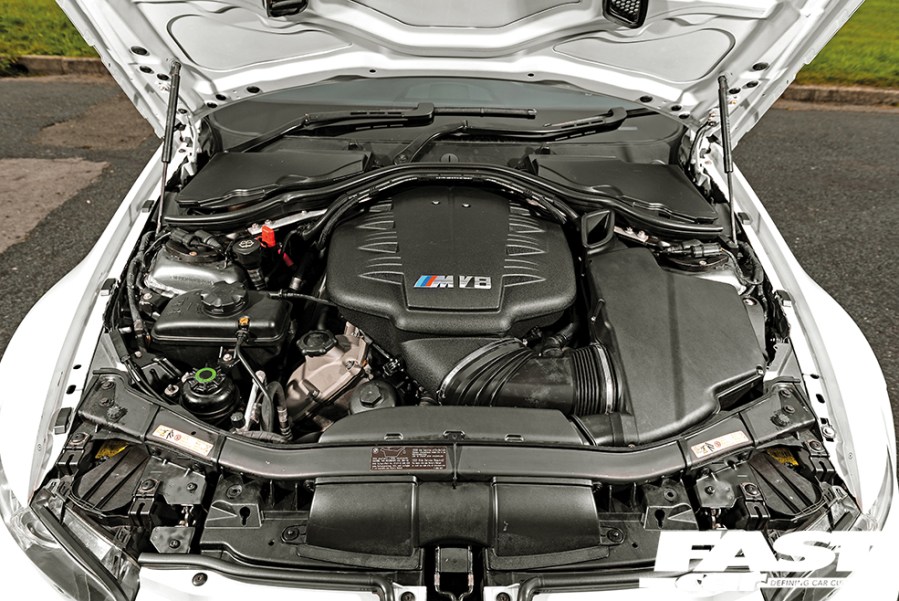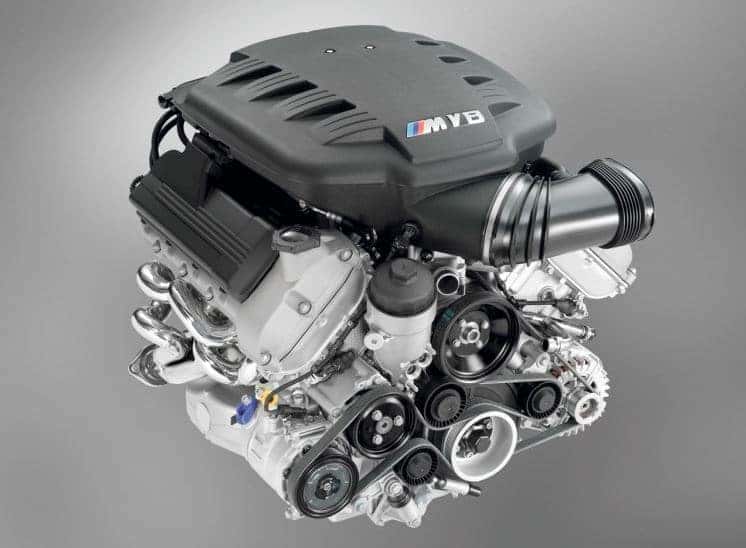The Development of the BMW Engine: A Recall at Iconic Models
The Development of the BMW Engine: A Recall at Iconic Models
Blog Article
Discovering the Evolution of Burning Engines in Modern Transport Solutions
As we browse the landscape of contemporary transportation, the evolution of burning engines stands as a testament to human resourcefulness and design prowess. From their simple beginnings to the sophisticated giants pushing cars today, combustion engines have actually gone through an amazing trip of development and adjustment. Understanding the details of this development not just drops light on the past however also leads the way for visualizing what exists in advance in the realm of transportation technology. The interaction of history, technology, and environmental concerns fit the trajectory of burning engines develops a narrative that is both engaging and informative.
Early Beginnings of Combustion Engines
Just how did the principle of burning engines first emerge in the beginning of transport advancement? When the principles of interior burning were very first explored, the roots of combustion engines can be mapped back to the 17th century. In 1673, Christian Huygens conceived a fundamental internal combustion engine that used gunpowder to generate power. However, it wasn't up until the late 19th century that useful applications of combustion engines in transportation started to arise.
The advancement moment included the creation of the initial successful gasoline-powered engine by Karl Benz in 1885 - bmw engine. This engine paved the means for the growth of the modern automobile, transforming transport systems worldwide. Subsequent innovations by Nikolaus Otto and Gottlieb Daimler additionally refined combustion engine innovation, causing the mass manufacturing of autos and the quick growth of the transportation sector
These very early combustion engines were identified by their simpleness and efficiency, laying the structure for the facility and powerful engines made use of in modern-day transport systems. The development of combustion engines has actually contributed in shaping the method we take a trip and transport products, marking a significant milestone in the background of transportation advancement.
Change to Internal Burning Innovation
The change to interior combustion innovation marked a critical shift in the advancement of transport systems. This change began in the late 19th century, with developers like Nikolaus Otto and Gottlieb Daimler developing the very first successful interior burning engines. These engines reinvented transport by providing an extra effective and efficient choice to steam engines and electric motors.
One of the essential benefits of internal combustion engines was their capacity to be reduced to match lorries, resulting in the growth of bikes and autos. This change from cumbersome, stationary engines to small, mobile ones led the way for the contemporary transport systems we see today.
The change to inner combustion innovation likewise spurred advancements in fuel innovation, resulting in the growth of gas and diesel as key fuel resources for lorries. This change not just made transportation more easily accessible to the masses yet additionally laid the structure for the oil and gas market to come to be essential to worldwide economic climates.
Influence of Combustion Engines on Transport
The fostering of combustion engines in transportation systems catalyzed a profound shift in the efficiency and rate of global movement. Combustion engines revolutionized transport by supplying a functional and trustworthy resource of power for numerous automobiles, consisting of vehicles, aircrafts, ships, and vehicles. This technology dramatically improved the capability for items and people to relocate over cross countries in much shorter time frames, leading to increased connection between areas and nations.
In addition, the widespread usage of burning engines has actually had a considerable impact on financial advancement. The ability to transport products efficiently has spurred trade and business, permitting companies to increase their markets and reach customers worldwide. This has assisted in financial development check my blog and globalization, as products can now be delivered much faster and in bigger amounts than ever in the past.
Nonetheless, the ecological impact of combustion engines can not be forgotten. The burning of fossil gas has actually led to air contamination and greenhouse gas exhausts, adding to environment modification and positioning health risks to populations. bmw engine. Because of this, there is a growing emphasis on creating alternate propulsion modern technologies to mitigate these adverse impacts and produce a more sustainable future for transport
Developments in Burning Engine Design
Various developments in burning engine design have thrust the advancement of transportation systems over the decades. One remarkable development is the growth of turbocharged engines, which utilize exhaust gases to drive a wind turbine that compresses incoming air, enabling even more gas to be burnt, causing raised power output without a considerable increase in engine dimension. Furthermore, straight shot innovation has actually improved fuel effectiveness and performance by specifically controlling the quantity and timing of fuel injected right into the combustion chamber. Variable shutoff timing systems have actually additionally transformed engine style by maximizing airflow at various engine speeds, improving both power and performance. An additional substantial improvement is the combination of light-weight materials such as carbon fiber and aluminum alloys, minimizing total engine weight and boosting lorry gas economic climate. In addition, advancements in computer-aided style have allowed engineers to maximize engine performance and performance with simulations prior to physical models are constructed, conserving time and sources in the growth procedure. These technologies collectively contribute to the continuous renovation of combustion engines in modern-day transportation systems.
Future Trends in Burning Engine Growth
With technology advancements driving continuous advancement, the future of combustion engine advancement is positioned to change transport systems internationally. Among the essential fads in combustion engine advancement is the push in the direction of better effectiveness and decreased emissions. Manufacturers are investing greatly in research and advancement to enhance engine performance while satisfying strict ecological policies. This includes the integration of sophisticated fuel injection systems, boosted turbocharging approaches, and making use of light-weight materials to optimize fuel consumption and minimize carbon exhausts.
An additional famous pattern is the fostering of crossbreed technologies in combustion engines. Crossbreed engines integrate standard combustion innovation with electric power, providing enhanced fuel effectiveness and reduced emissions. As the auto market shifts towards electrification, hybrid burning engines are seen as a transitional remedy that connects the gap in between standard automobiles and completely electric ones.
Furthermore, the integration of smart pop over to these guys modern technologies, such as man-made knowledge and data analytics, is expected to play a considerable duty in the future of burning engine growth. These technologies can enhance engine efficiency in real-time, bring about more reliable burning processes and improved total lorry my website performance. Welcoming these future fads will certainly not just drive technology in burning engine growth however also add to a much more ecologically friendly and sustainable transport environment.

Verdict
Finally, the development of combustion engines in modern-day transportation systems has been marked by substantial advancements in innovation and style. From the early starts of combustion engines to the change to inner burning technology, these engines have actually had an extensive effect on transportation. Advancements in burning engine design proceed to drive progress in this field, with future trends concentrating on more boosting efficiency and decreasing discharges. The future of combustion engines in transportation looks encouraging as research and growth efforts remain to press boundaries.
The roots of burning engines can be traced back to the 17th century when the principles of internal burning were initial explored. These engines changed transport by providing a more reliable and powerful alternative to vapor engines and electric motors.

Report this page